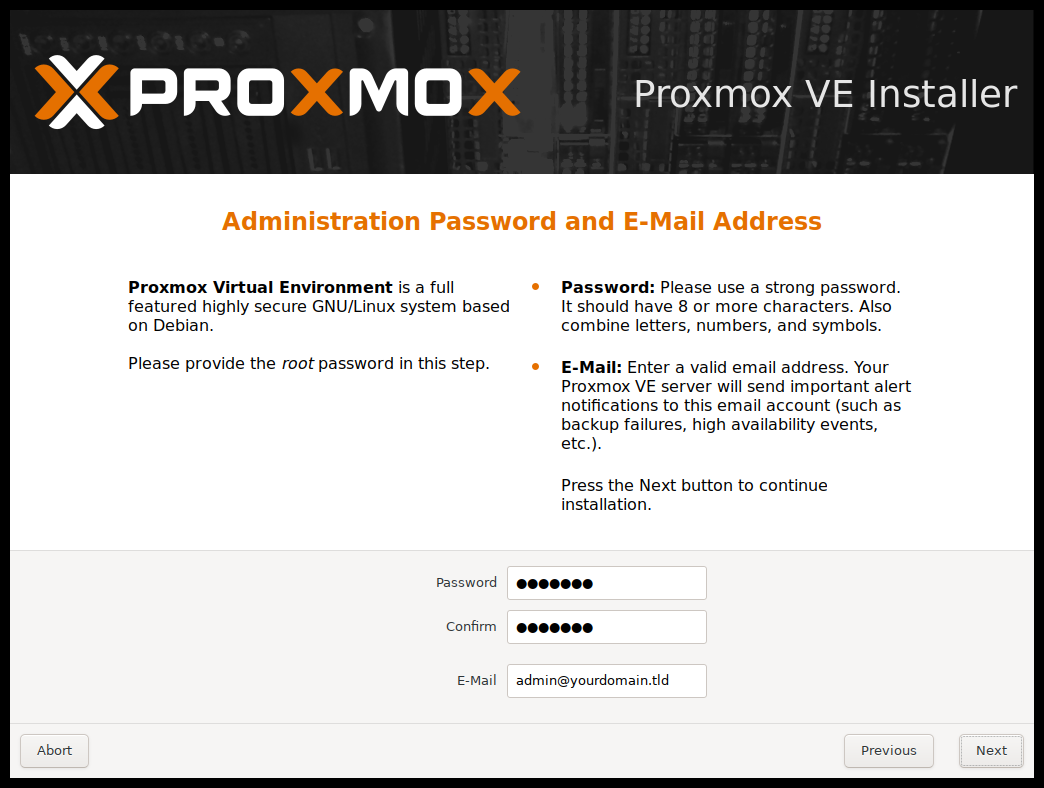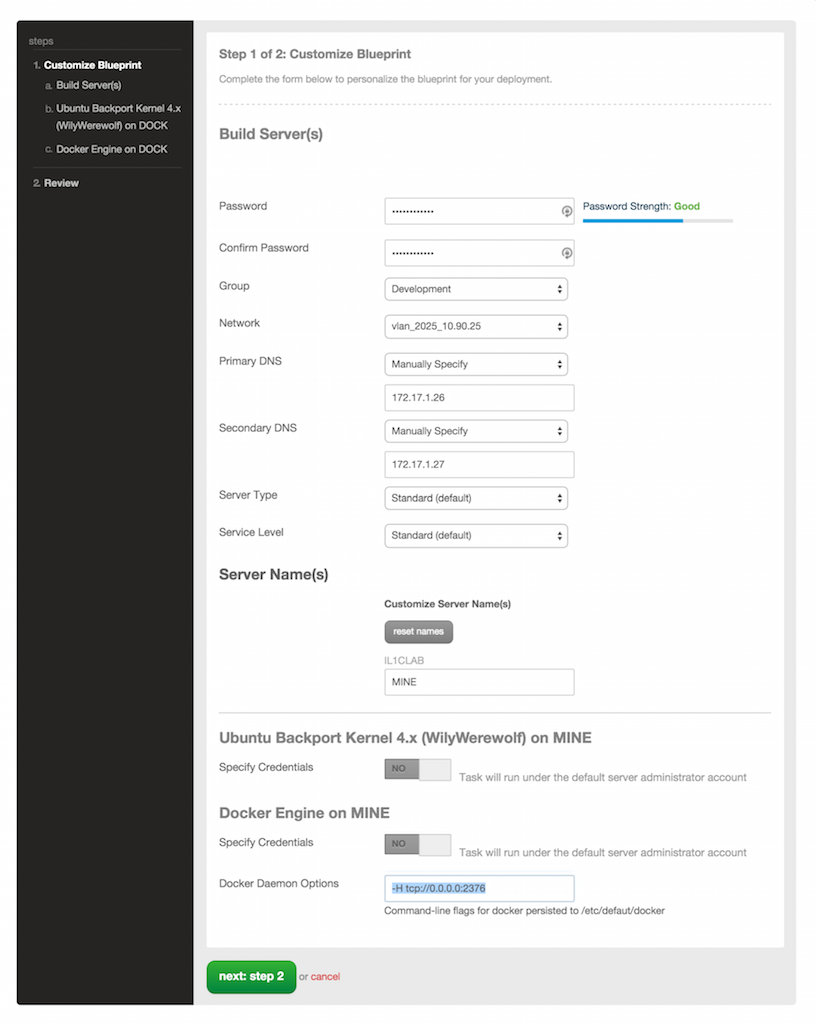
This insulated Docker from side-effects of different versions and distributions of LXC.

The switch to libcontainer allowed Docker to freely manipulate namespaces, cgroups, AppArmor profiles, network interfaces, and firewall rules – all this in a controlled and predictable manner – without depending upon an external package like LXC.
#Docker could not generate persistent mac address for : no such file or directory driver#
This is possible through the use of an execution driver API, which also enables Docker to run on non-Linux systems: Please note that while Docker has stopped using LXC as its default execution environment, it’s still compatible with LXC and, in fact, with other isolation tools like libvert and systemd-nspawn. However, that was short-lived, and close to a year later, LXC was replaced with an in-house execution environment, libcontainer, written in the Go programming language. When it started, Docker used LXC as its default execution environment. It was later released as an open-source project in 2013. The Docker project was started by Solomon Hykes as part of dotCloud, a platform-as-a-service company. Moreover, a process can now belong to multiple namespaces and, hence, can have multiple PIDs. However, processes in the parent namespace can still have a complete view of processes in the child namespace. Here, processes in one process tree remain completely isolated from processes in sibling or parent process trees. This is where the process namespace allows us to have multiple nested process trees: Technically, any process in this hierarchy can inspect other processes - of course, with certain limitations. As we know, the process model in Linux works as a single hierarchy, with the root process starting during system boot-up. Let’s see how the process namespace works. Linux namespaces provide more secure isolation for different resources and hence came to be the foundation of the Linux container.

However, there were issues with chroot, and applications in different namespaces could still interfere. This is in fact an evolution from chroot, which allows us to assign any directory as the root of the system for a process. However, a process can belong to only a single cgroup in a single hierarchy. We can attach each hierarchy to one or more subsystems. But unlike processes, cgroups exist as multiple separate hierarchies. Hence, child cgroups inherit some of the attributes from their parent. They’re organized hierarchically, much like processes in Linux. Let’s have a look at the rules we can define to restrict resource usage of processes:Īs we can see here, cgroups work by associating subsystems that represent a single kernel resource like CPU time or memory. Basically, cgroups provide a unified interface for process isolation in the Linux kernel. The cgroups feature was started by Google under the name process containers way back in 2007 and was merged into the Linux kernel mainline soon after. Among other kernel features that LXC uses to contain processes and provide isolation, cgroups are a quite important kernel feature for resource limiting. The LXC that is part of every Linux distribution now was created in 2008 largely based on the efforts from Google. There were other attempts as well, but none of them were comprehensive enough to come close to virtual machines. The Linux community further came up with OpenVZ in 2005 offering operating-system-level virtualization. This was closely followed by Linux-VServer in 2001 with a similar mechanism to partition resources like the file system, network addresses, and memory.

FreeBSD jails offered more explicit isolation with their own network interfaces and IP addresses. A few decades later, FreeBSD extended the concept to introduce jails in 2000 with advanced support for process isolation through operating-system-level virtualization. Of course, chroot didn’t offer anything more than that in terms of process isolation. The tool chroot, introduced in 1979, made it possible to change the root directory of a process and its children to a new location in the filesystem. We can trace back the history of tools offering some level of process isolation to a couple of decades back.

The main concept of containers is to provide isolation to multiple processes running on the same host.


 0 kommentar(er)
0 kommentar(er)
